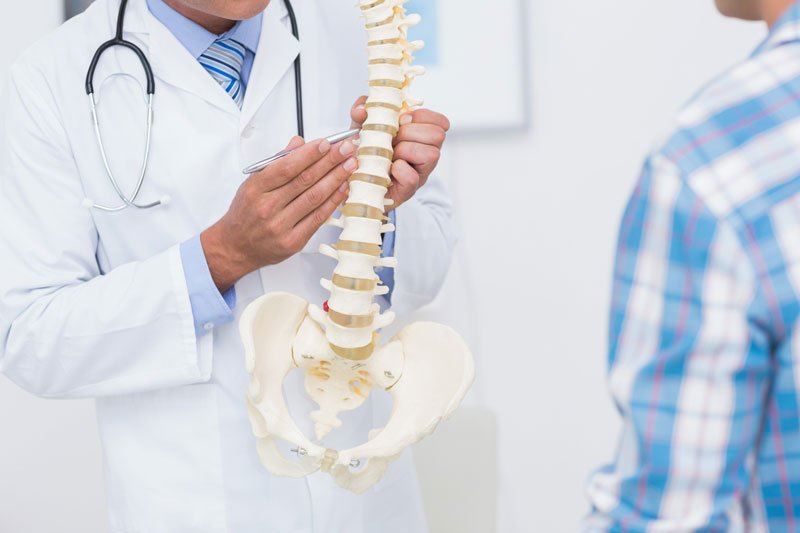Common Types of Heart Disease: Why It’s Increasing In Malaysia
Heart disease is on the rise in Malaysia, and it’s crucial to understand why. This article delves into the factors contributing to the surge in cases, exploring symptoms, treatment options, and the role of healthcare professionals. From the common type of heart disease in Malaysia to preventive measures, let’s unravel the complexities of this health challenge.
Factors Driving the Surge in Heart Disease
Malaysia’s evolving lifestyle plays a pivotal role in the increasing prevalence of heart disease. Shifts towards sedentary lifestyles altered dietary habits, and the constant stress of modern work environments have collectively heightened the risk of high blood pressure, a primary contributor to various heart conditions.
These lifestyle changes are recognized as significant causes of heart diseases, including the development of conditions such as ischaemic heart disease and coronary artery disease. Additionally, the impact extends to the realm of valvular heart disease, where the intricate functioning of the heart valves can be affected by the broader context of these lifestyle shifts. Addressing the root causes is essential in formulating effective preventive strategies and promoting heart health in the Malaysian population.
Symptoms and Warning Signs of Heart Disease
Recognizing the warning signs is crucial. Beyond the commonly acknowledged signals like chest pain and heart palpitations, there are subtler indicators that merit attention. Varied manifestations, including the emergence of varicose veins, serve as potential markers of underlying cardiovascular concerns. While chest pain may signify an impending issue with blood flow to the heart, heart palpitations may hint at irregularities in heart rhythm, such as atrial fibrillation or atrial flutter.

Understanding these symptoms extends beyond acknowledging their existence; it involves decoding the nuanced language of the cardiovascular system. For instance, varicose veins, though often associated with the vascular system of the legs, may signal underlying circulatory challenges affecting the heart. Similarly, atrial fibrillation and atrial flutter, irregular heart rhythms, underscore the importance of a comprehensive assessment. Early detection of such symptoms enables timely intervention, potentially preventing the progression of heart conditions and paving the way for tailored treatment strategies.
The Role of Diagnosis and Treatment in Medical Center
Consulting with healthcare professionals, including doctors, is a crucial first step on the path to maintaining optimal heart health. These skilled specialists bring a wealth of knowledge to the table, conducting thorough assessments and leveraging their expertise to ensure accurate diagnosis. From evaluating symptoms to employing advanced diagnostic tools, they navigate the intricate landscape of heart conditions with precision.
Once a diagnosis is established, the journey toward comprehensive care intensifies. A personalized treatment plan, intricately tailored to the specific types of heart disease identified, becomes the cornerstone of effective intervention. This tailored approach addresses the unique aspects of an individual’s cardiovascular health, considering factors such as the type and severity of the condition, overall health profile, and lifestyle considerations.
Preventive Measures and Lifestyle Choices
Prevention is the key. Adopting a heart-healthy lifestyle through regular exercise, a balanced diet, and effective stress management can significantly reduce the risk of common types of heart disease. Malaysians are urged to take proactive steps in prioritizing heart health and embracing preventive measures.

Navigating Heart Health in Malaysia
Understanding the surge in heart disease empowers individuals to make informed choices. Stay informed, seek regular check-ups at a medical center, and prioritize heart health. Let’s collectively combat the rise of heart disease in Malaysia by acknowledging the common types and taking conscious steps towards a heart-healthy future.



